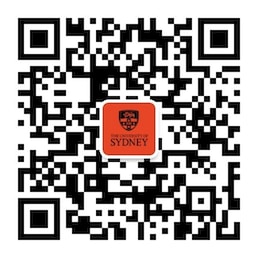What is STEM? Why is it essential that scientists learn to communicate effectively about Science, Technology, Engineering and Mathematics to a variety of audiences? What makes for engaging communication about STEM? How does the style of communication need to change for different audiences? What styles, techniques and approaches can be used to greatest effect for each communication activity? What are the nuts and bolts of good STEM communications? This OLE will first introduce you to the fundamentals, definitions and techniques of STEM communication. You will learn that good communication is essential both within the sciences and for our broader society. Complex topics, concepts and issues need to be communicated effectively in order to promote an understanding of science, an appreciation of its strengths and limitations, and to avoid misunderstandings and miscommunications. You will be introduced to various forms of STEM communication appropriate to different audiences. You will outline, develop and present examples of STEM Communication. You will also be asked to critically evaluate and identify examples of effective communication of STEM ideas.
Unit details and rules
| Academic unit | Physics Academic Operations |
|---|---|
| Credit points | 2 |
| Prerequisites
?
|
None |
| Corequisites
?
|
None |
|
Prohibitions
?
|
None |
| Assumed knowledge
?
|
None |
| Available to study abroad and exchange students | Yes |
Teaching staff
| Coordinator | Alice Motion, alice.motion@sydney.edu.au |
|---|---|
| Lecturer(s) | Thomas Gordon, tom.gordon@sydney.edu.au |
| Tutor(s) | Leigh Nicholson, leigh.nicholson@sydney.edu.au |
| Olivia McRae, olivia.mcrae@sydney.edu.au |





